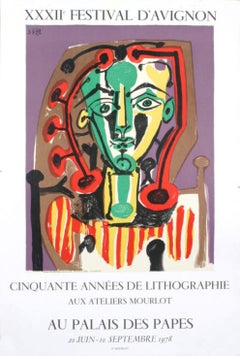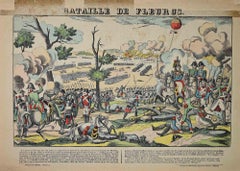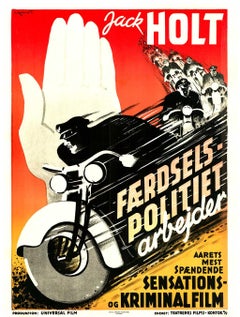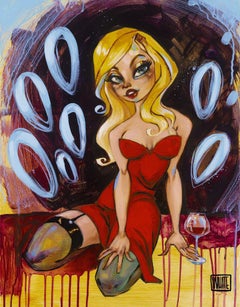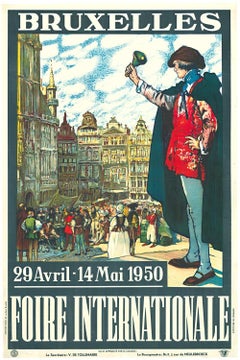Document Figurative Prints
1970s Contemporary Figurative Prints
Lithograph
19th Century Modern Figurative Prints
Lithograph
1930s Art Deco Figurative Prints
Lithograph
2010s Expressionist Figurative Prints
Giclée
1950s American Impressionist Figurative Prints
Lithograph
1950s Modern Figurative Prints
Lithograph, Stencil
1880s Post-Impressionist Figurative Prints
Lithograph
1910s Art Nouveau Figurative Prints
Lithograph
1970s Contemporary Figurative Prints
Lithograph
20th Century Surrealist Figurative Prints
Lithograph
2010s Contemporary Prints and Multiples
Color, Digital, Laser, Giclée, Pigment, Archival Pigment, Digital Pigmen...
Yoshitomo Nara (1959)
What’s Going On? (from the series In the Floating World), 1999
Medium: Fuji Xer...
1990s Prints and Multiples
Offset
1960s American Modern Portrait Prints
Screen
1960s Pop Art Figurative Prints
Lithograph, Offset
Mid-20th Century Modern Portrait Prints
Paper, Lithograph
1950s American Modern Landscape Prints
Lithograph
Late 20th Century Contemporary Figurative Prints
Paper, Lithograph
1960s Realist Figurative Prints
Lithograph
Mid-20th Century Symbolist Figurative Prints
Etching
21st Century and Contemporary Contemporary Figurative Prints
Screen
1960s Fauvist Figurative Prints
Lithograph
1970s Pop Art Figurative Prints
Offset
1970s Contemporary Figurative Prints
Lithograph
1950s Art Nouveau Portrait Prints
Lithograph
1970s Contemporary Figurative Prints
Offset
1970s American Modern Landscape Prints
Lithograph
1970s Contemporary Figurative Prints
Lithograph
1970s Contemporary Figurative Prints
Lithograph
1990s Pop Art Figurative Prints
Lithograph
1970s Modern Figurative Prints
Lithograph
1960s American Realist Portrait Prints
Offset
1890s Art Nouveau Landscape Prints
Lithograph
20th Century Surrealist Figurative Prints
Lithograph
2010s Pop Art Figurative Prints
Lithograph, Offset, Ink
1970s Figurative Prints
Lithograph
1990s Pop Art Landscape Prints
Lithograph, Offset
1950s Abstract Expressionist Figurative Prints
Lithograph
1960s Fauvist Figurative Prints
Lithograph
1980s Modern Figurative Prints
Lithograph
1990s Art Deco Portrait Prints
Offset
1990s Contemporary Figurative Prints
Paper, Offset
20th Century Modern Prints and Multiples
Paper, Lithograph
1940s American Modern Animal Prints
Lithograph
1950s Modern Figurative Prints
Woodcut
Mid-20th Century American Modern Landscape Prints
Handmade Paper, Laid Paper, Etching
1940s American Modern Figurative Prints
Offset
20th Century Pop Art Figurative Prints
Screen
1980s Contemporary Figurative Prints
Lithograph, Offset
1990s Pop Art Figurative Prints
Offset
1990s Art Nouveau Figurative Prints
Offset
1990s Contemporary Figurative Prints
Lithograph
1960s Pop Art Figurative Prints
Lithograph
1910s American Realist Figurative Prints
Lithograph
1940s American Modern Landscape Prints
Lithograph
1960s Modern Figurative Prints
Lithograph, Stencil
1990s American Modern Figurative Prints
Offset
1980s Contemporary Figurative Prints
Lithograph
1980s Contemporary Figurative Prints
Offset
1920s Modern Figurative Prints
Woodcut
2010s Contemporary Figurative Prints
Paper, Ink, Mixed Media, Lithograph, Offset, Board
